The Decline Of Premium American Fashion Brands. What Happened, Ralph And Tommy?
Fifteen years ago, when I was in high school, I remember flipping through the pages of Teen Vogue and marveling at glossy Ralph Lauren, Tommy Hilfiger, and Calvin Klein spreads. These brands each still represented distinct styles: Ralph Lauren portrayed fresh-faced girls with bouncy ponytails wearing tennis skirts and polo shirts, while Calvin Klein was edgier, with black-and-white photos of skinny models wearing nothing more than jeans and a tank top (if that). Depending on whether I was in an optimistic or angst-ridden phase, I’d gravitate toward one aesthetic or the other.
I remember thinking that one day, when I grew up and had my own money to spend, I would fill my closets with designer bags and dresses. But here I am today, at the age of 33, and none of these brands interest me anymore. In my mind, they conjure up images of outlet malls. Go to any T.J. Maxx or Marshall’s and you’ll find Ralph Lauren and Tommy Hilfiger shirts piled up in untidy closeout bins. At Macy’s and JC Penney, Coach bags are stacked on crowded shelves, priced at enormous discounts.
I’m not the only one who feels that these iconic American brands have lost their luster. Many are on a downward spiral, hit by sluggish sales. Ralph Lauren is facing plunging profits resulting in the shuttering of retail stores. Coach is in a similar boat, having lost significant market share. Michael Kors recently devised a strategy of cutting back on discounts, since markdowns appear to have killed the company’s cachet. Calvin Klein and Tommy Hilfiger, which are owned by the same parent company, have seen decreasing sales in the U.S. market, though they are still doing well overseas. (Fast Company reached out to each of these brands, but they either declined to comment or did not respond to interview requests.)
What went wrong? How did premium American companies lose their way? And is there a new generation of labels that will fill the void?
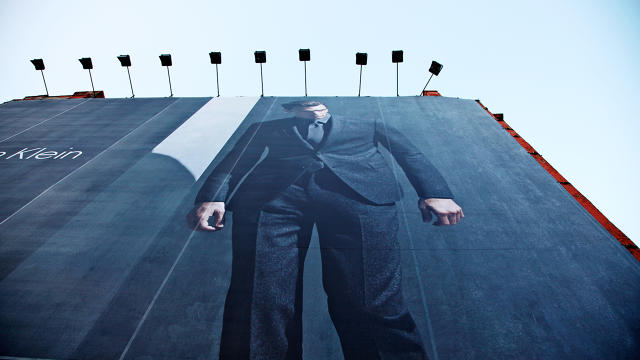
Charles Lawry, a professor at Pace University’s business school who specializes in studying the luxury market, points to how high-end American brands have been creating cheaper products for decades now. “Ralph Lauren was one of the first American luxury brands to reach across many different categories, and that is really what made it successful,” Lawry explains, pointing out that the company has at least 25 different lines, including the lower-end Polo and Chaps. “It is possible to purchase products from $25 to $3,000.”
For a time, this strategy was extremely lucrative; soon, other brands followed suit, including MK by Michael Kors and Donna Karan’s DKNY. By the early 2000s, Donna Karan, Ralph Lauren, and Coach had gone public. By 2010, the public company Phillips Van Heusen Corp. owned both Calvin Klein and Tommy Hilfiger. In their new incarnations, these companies all faced new shareholder pressures to keep business booming. “Growth became more important than brand,” says Stephanie Sarka, who held various leadership positions at Coach throughout the 1990s and had a front-row seat to this wave of IPOs and mergers. “This meant everything from lowering the cost of manufacturing to making the brand accessible to new a wider spectrum of consumers.”
Eric Korman, Ralph Lauren’s president of digital and e-commerce between 2010 and 2014, concurs. “There was an over-expansion and distribution into places like factory stores, which presented a tremendous economic opportunity,” he says. “But it came at the expense of the brand. If you start training the consumer to believe that the brand is widely distributed in factory outlets, people who were once your core customer will start doing that, or lose interest in the brand altogether.”
To lower costs, many of these corporations shipped production to China and Vietnam, where labor was cheap. As a result, products suffered: People who weren’t trained to work with premium leather or master expert tailoring could not be expected to create high-end merchandise on a massive scale. “With globalization and an effort to cut cost by going overseas, these megabrands that were once known for high quality started to see their quality deplete and decay,” says Shauna Mei, founder of AHAlife, an e-commerce site that curates handcrafted goods.
It was also hard to predict consumer demand when outsourced orders had to be placed many months before they hit stores. This lead to bloated inventories. Karla Gallardo discovered this firsthand when she studied the luxury brand supply chain before cofounding her own brand, Cuyana, three years ago. “These businesses had to liquidate their inventories at low prices,” she says. “When this happens once, twice, and three times, the customer gets used to buying on sale. This is a problem that gets compounded over time.”
In 2008, American prestige fashion hit new lows. “During the recession and post-recession periods, these brands went further by having a lot of these products trickle down to discount retailers,” Lawry says. “If you go to a T.J. Maxx, it’s not uncommon to see brands like Coach or Michael Kors. That is a death knell for flagship luxury brands in America.” There was a time when buying a Coach bag meant walking into an elegant shop, where you’d speak with a knowledgable sales associate and feel like you were treating yourself to an exclusive experience. But there’s nothing remotely glamorous about picking up that same Coach bag in a messy, overcrowded department store with harsh lighting and thousands upon thousands of mass-produced articles. In short, bargain prices robbed luxury brands of their mystique.
The current state of American luxury brands would have been unimaginable to people in the industry just a few decades ago. “When I was at Coach, the focus on the brand’s integrity was everything,” says Sarka. “I still have memories of Lew Frankfort, Coach’s CEO at the time, at our company meetings talking about making products in America, charging the same price across all channels, and certainly not discounting. The brand was defined by craftsmanship and quality.”

The Rise Of The High-Quality, Reasonably Priced, Direct-To-Consumer Brands
At first, many consumers did not fully grasp how the quality of these products had plummeted. On the surface, the clothes and bags looked the same. But as the shoddy workmanship became evident in fraying hems and tattered seams that were glued, rather than sewed together, the illusion shattered.
A younger generation of companies saw the decline of legacy American brands as an opportunity to redefine premium fashion and educate customers about how high-end goods are made. The first out of the gate was Everlane, which launched in 2010 with a radical concept: Next to each item sold on the website, there was an explanation of manufacturing costs, broken down into the price of raw materials, labor, and import duties. The information was meant to show that Everlane’s prices were reasonable compared to its competitors because there was no retail markup. It also underscored the higher level of craftsmanship that goes into Everlane’s products.
“Digital-first retail brands, like Everlane or Warby Parker, successfully seized upon the fact that the internet did not just make it easier to buy products online, but that expectations of brands had fundamentally shifted,” says Eric Korman, the former Ralph Lauren executive. “They architected brands that had a belief system built into them—about things like quality and social good—and a conversational tone built into its messaging that transparently exposed [those values].” Korman has since launched Phlur, a direct-to-consumer perfume brand that uses ethically sourced essential oils, but at the reasonable cost of $85 a bottle.
Over the last six years, many other direct-to-consumer upstarts have entered the market with a similar ethos. Take DSTLD, a two-year-old L.A.-based denim brand that offers high-quality jeans at decent prices. “There aren’t many markets where the price of your products can drop by 60% in a matter of weeks the way it does with so-called luxury brands,” says cofounder Corey Epstein. “It doesn’t equate in the consumers’ minds how they can do that and still maintain quality.”
DSTLD discloses its fabrication process, explaining that products are made in factories in Los Angeles and overseas that have a long history of denim production. Next to each item, it presents the DSTLD price next to the inflated figure that a designer brand might charge. “The emphasis of our entire collection is to create staples that are not just passing trends, but that will stand the test of time,” Epstein says. This is not a new idea, of course—and it’s a common refrain among these next-generation brands. Gallardo’s company, Cuyana, for instance, has the motto, “Fewer, Better Things.” It has focused on creating women’s clothing and accessories made by experienced craftsmen using quality materials so that consumers can enjoy their products for a long time—and perhaps even pass them on to their children.
Another important distinction between these fashion startups and older apparel companies is that they are much less flashy. “The notion of luxury is changing drastically,” says Charles Lawry, the Pace University professor. “Millennials are not as interested in logos as previous generations who gravitated toward things like the enormous Gucci Gs. Those garish logos would scare today’s consumer away.” Everlane, DSTLD, and Cuyana don’t have ostentatious branding on their products, which puts them a world apart from Ralph Lauren, with its enormous polo player emblem, or Calvin Klein, whose labels on jeans can be seen from yards away.
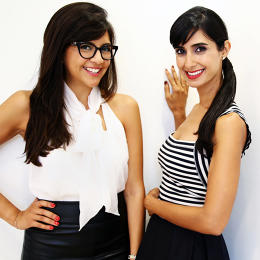
Today, many people see high-end products as one-of-a-kind items—the antithesis of mass-produced commodities whose attention-grabbing logos turn consumers into advertisements. And a new wave of savvy entrepreneurs have built businesses on the idea of offering customers something that feels unique. Shauna Mei, for instance, launched AHAlife in 2009 with the goal of bridging the gap between master craftspeople from around the world with consumers who are interested in getting small-batch, well-made products. Stephaie Sarka, the Coach veteran, recently started a company called 1Atelier that allows shoppers to customize every aspect of a handbag on the website. Bags are then handmade in New York using top-grade leathers, then shipped 21 days after the order is placed.
“The internet has democratized brands,” Mei says. “People are willing to pay for something special and they want to know how their products are made and, these days, it is possible to find exactly what they are looking for online.”
Can Legacy American Fashion Labels Come Back To Life?
While many of the legacy American fashion houses have floundered over the last few decades, there have been a few success stories. Vineyard Vines, for instance, was founded by the brothers Shep and Ian Murray in 1998, right when Ralph Lauren and Tommy Hilfiger were in their prime. Vineyard’s aesthetic takes a page from the classic preppy look that made those other brands so quintessentially American: polos, chinos, crisp Oxford shirts; colorful ties for men and sundresses for women. The price point was comparable as well, ranging between $100 and $300. “Certainly Ralph Lauren paved the way for a lot of people,” says Shep Murray. “We have incredible respect for him.”
The house that Ralph built is fighting to regain its footing, and last month, it did just dress Team USA for its fifth consecutive Olympics. But the company also recently announced that it is closing 50 stores and laying off 8% of its 15,000 employees. Vineyard Vines, on the other hand, is in expansion mode. This year, it will add 650 new people to its existing staff of 2,600, and open 40 new stores for a total of 100 nationwide. In May, Goldman Sachs valued the company for as much as $1 billion.
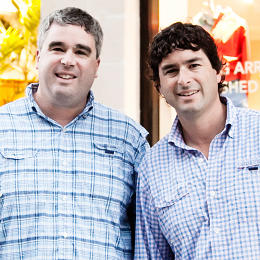
The brothers attribute their success to several factors. First, they’ve stayed closely involved with the company, ensuring that their values penetrate every aspect of the business, from creating a positive work environment for employees to marketing campaigns centered on the optimistic tagline, “Every day should feel this good.” Second, they have deliberately eschewed the the notion of exclusivity. Vineyard Vines, they say, is much more interested in projecting the image of a warm, inclusive brand. The Murrays believe that this is much more in line with the modern consumer’s sensibility. “We like to feature real people rather than models in our ads,” Shep says. “We don’t want to lose focus on ensuring that customers feel good about our brand.”
According to Korman, this is very different from Ralph Lauren’s approach, at least when it first came into the market, when its strategy was to create a rich and famous mystique. He thinks that brands now strive for a much more democratic identity. “It’s about changing your tone so that you’re letting the customer in on the fact that you know that nobody really lives the life you’re projecting,” Korman says. “It’s about doing things with a bit of a wink and a nod.”
With that in mind, the big question is whether the once great American brands can right their ships and regain the consumer’s trust by improving their quality standards, cutting back on their distribution channels, and speaking to the world in a more relatable voice. “Can a brand regain customer trust after they compromised the quality of their products?” Sarka asks. “That’s still very much an open question.”
Korman is more optimistic. “I think there’s a way to do it, especially for brands that have a long history in the marketplace,” he says. “But it’s going to be a long voyage. Brands have a way of finding a second life.”
Mark Cross is proof of that. One of the oldest American leather good companies, it was founded by a saddlemaker in Boston in 1845. But after Cross himself passed away, the business was taken over by the fashionable Murphy family, who rubbed shoulders with Ernest Hemingway, Cole Porter, Pablo Picasso, and the Fitzgeralds. They transformed Mark Cross into a luxury accessory company that sold suitcases, cigarette cases, and evening bags. Hollywood took notice: In Alfred Hitchcock’s Rear Window, Grace Kelly is seen packing her clothes in a Mark Cross overnight bag.
But for all its storied history, Mark Cross fell on hard times in the 1950s, when the American market became flooded with new brands. The Murphy family sold the company in 1961, and it passed from owner to owner until it was shut down altogether in 1997. That might have been the end if it hadn’t been for Neal Fox, a fashion-industry veteran who remembered what the Mark Cross brand stood for. In 2003, he decided to buy the company and attempt to revive it. He sought out the Italian factories that used to manufacture Mark Cross bags, and he hired a team of designers to create a new collection that paid tribute to designs from the brand’s archive.
Fox is committed to ensuring the new Mark Cross thrives without stumbling into the pitfalls that have tripped up other American fashion companies. “It’s exceedingly difficult to balance building the business while maintaining exclusivity,” he says. “I understand what can happen when demand for your product explodes: The easiest way to respond to that on a knee-jerk basis is to aggressively pursue growth. But I think if you want to maintain status as a luxury brand, you have to temper this desire.” A little self-control can go a long way, even in fashion.
A vintage Ralph Lauren ad.
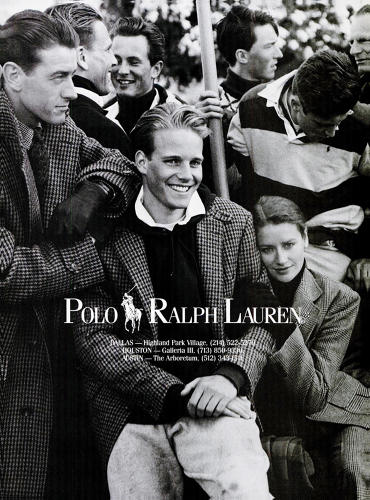
Ralph Lauren merchandise.
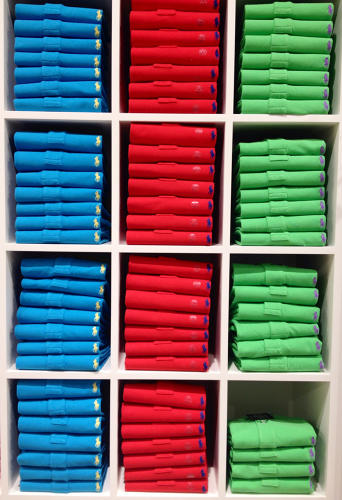
Ralph Lauren’s recent campaign for the Rio Olympics.
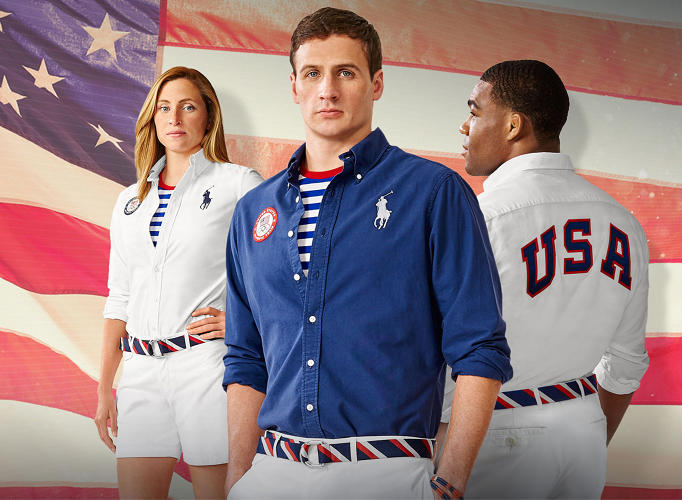
A Calvin Klein storefront.
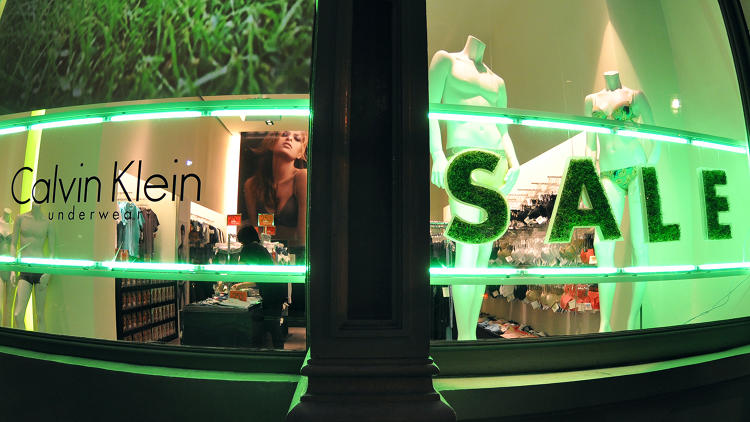
Calvin Klein’s legendary Brooke Shields ad, from the brand’s heyday.
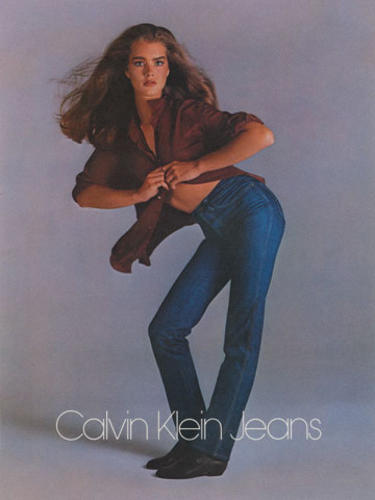
A Mark Cross handbag.
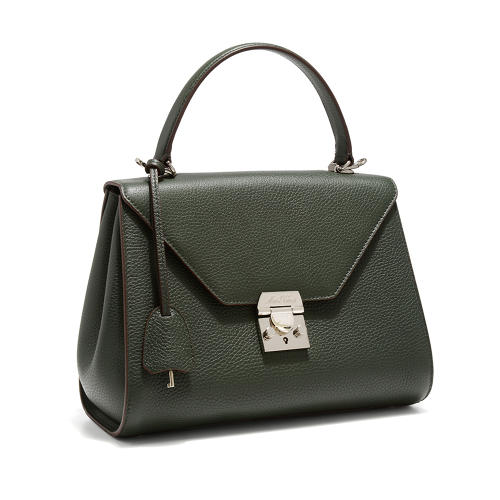
A Cuyana dress.

Vineyard Vines, which has managed to avoid the decline suffered by many companies in its category.

An ad for Vineyard Vines.

Fast Company , Read Full Story
(171)













